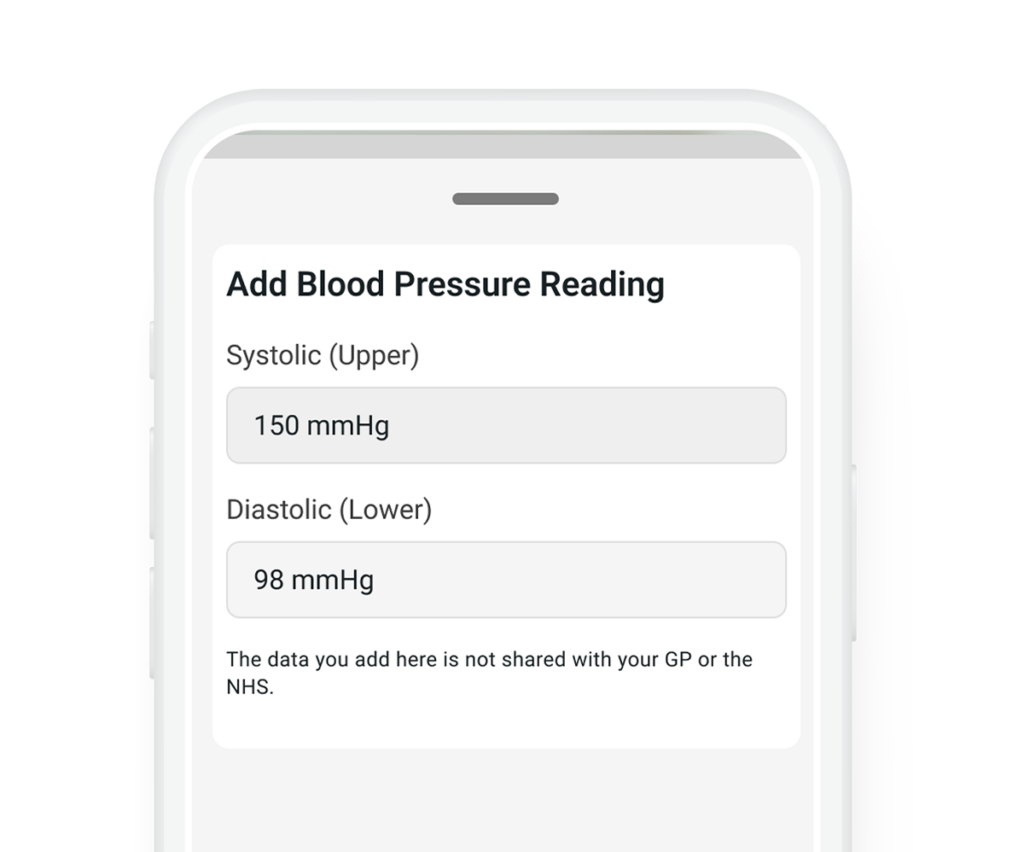Home » App Features » What is normal blood pressure?
What is normal blood pressure?
Learn about blood pressure & blood tests with myGP. Blood tests can be used to check a variety of health conditions, including your overall general health.
What is normal blood pressure at different ages?
A normal blood pressure reading is between 90/60mmHg and 120/80mmHg. If your reading was 90/60mmHg, this would mean that you have a systolic pressure (amount of pressure in your arteries when your heart contracts) of 90mmHg and a diastolic pressure (amount of pressure when your heart is between beats) of 60mmHg. Your blood pressure naturally becomes lower as you get older but only by a few mmHgs.

The ideal blood pressure should be 120/80mmHg.
Low
- Systolic: lower than 90 mmHg
- Diastolic: lower than 60 mmHg
Find out more about low blood pressure.
Normal blood pressure levels
- Systolic: under 140 mmHg
- Diastolic: under 90 mmHg
Where high blood pressure may be present
- Systolic: between 140 and 180 mmHg
- Diastolic: between 90 and 110 mmHg
If your blood pressure levels sit in this range it is recommended to make an appointment to see your GP.
You have serious hypertension
- Systolic: higher than 180 mmHg
- Diastolic: higher than 110 mmHg
See a GP immediately if you are concerned about your blood pressure.
Generally, blood tests have various uses and are one of the most common medical assessments and only take a few minutes to complete. Blood tests are usually used to:
- evaluate your general health
- find out if you have an infection or disease
- assess how well your organs are functioning, such as your liver and kidneys
- diagnose genetic conditions
Blood tests can tell many different things, they can tell if you have a virus or bacterial infection or low iron or vitamin levels as well as detect signs of genetic conditions among many other things including:
- Cholesterol levels
- Blood glucose
- Some cancers
- STIs including gonorrhea, syphilis and HIV
- Iron levels
- Genetic testing
- Liver function
- Thyroid function

